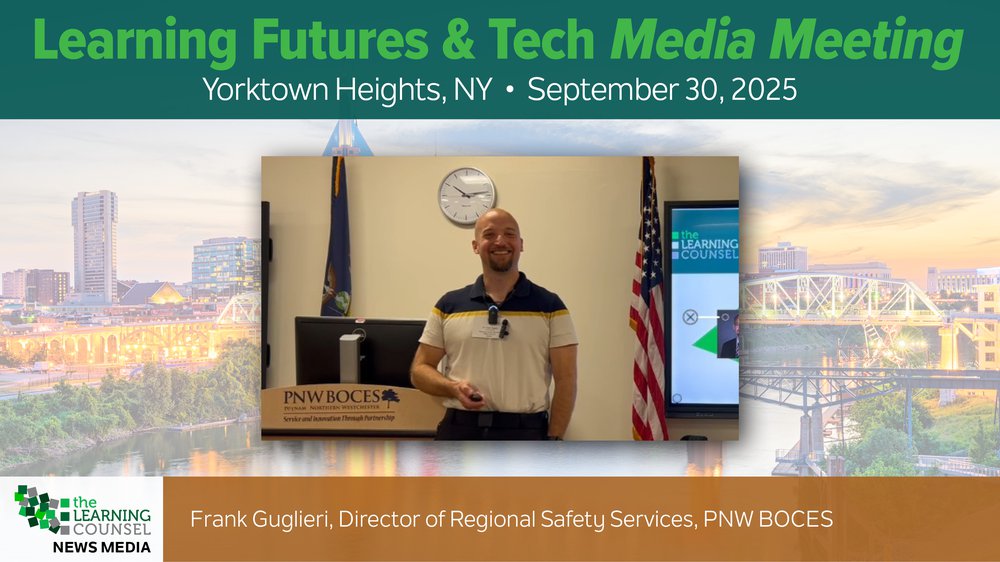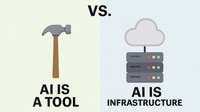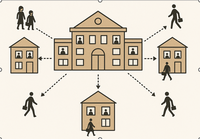We want to highlight a crucial presentation from Frank Guglieri, Director of Regional Safety Services at PNW BOCES. Frank’s talk cuts straight to a reality every K–12 leader needs to face: the intersection of low-cost, high-impact criminal tools and the modern school environment creates new and urgent safety challenges.
Frank opened with a blunt definition: swatting—a malicious act in which someone intentionally triggers a law-enforcement response to a location by making a false emergency report. It’s not theoretical. He described how cheaply this can be purchased on clandestine markets: on the dark web, a swatting service can be listed for as little as $50. That price point makes it trivially easy for a malicious actor to target a school, a 9-1-1 center, or another community institution.
But swatting is only one danger. Frank painted a broader picture of threats that school leaders must understand and counter:
- Phishing and hacking at scale. Schools are attractive targets: many people, lots of devices, and complex IT infrastructures. Frank warned that schools are regularly probed and that threat actors—sometimes exploiting AI tools—are automating attacks to find easy entry points.
- Unfiltered, weaponized AI on the dark web. Not all AI tools are built the same. Outside mainstream platforms, there are AI services with no safeguards—tools that can be abused to write malware, generate malicious scripts, or automate social-engineering campaigns.
- Low-cost physical hacker toolkits. He showed examples of inexpensive hardware—commercially available components that can be assembled into devices that mimic human interface devices (HIDs). For as little as $150, someone can buy or build gadgets that emulate keyboards or mice and, if connected to a machine, can run commands and execute malicious code. These devices are no longer the stuff of Hollywood; they’re real, portable, and in circulation.
- Credential theft and access abuse. Simple hygiene lapses—cards left on desks, unsecured access badges—are exploited quickly. Frank described incidents where students stole building swipe cards to gain unauthorized entry, and how easy it is for a bad actor with a small device to clone or emulate credentials.
Frank was clear: these are not distant cyber-theory problems. They’re happening in schools today. But the message was not just fear—he focused on practical, defensive priorities that school systems can act on immediately.
Defensive Priorities Frank Emphasized (high level, defensive only)
- Behavioral threat assessment tied to digital evidence: Integrate physical safety teams with your IT/security teams so suspicious behavior and digital indicators are evaluated together.
- Hardening endpoints and restricting device behavior: Limit what unknown USB/HID devices can do on school machines; work with IT to implement policy controls that reduce the chance a plugged-in device can execute code.
- Physical security and asset control: Ensure ID badges, swipe cards, and keys are protected; review procedures for issuing and deactivating credentials.
- Staff and student awareness training: Teach staff and students how to recognize phishing, social engineering, and how to report suspicious behavior—digital or physical—without shaming.
- Incident response and law-enforcement coordination: Prepare playbooks for swatting scenarios and other hoaxes; establish direct lines with local 9-1-1 and public safety partners for rapid verification and response.
- Policy and procurement attention: Vet vendor claims about AI/ML tools; insist on privacy, security, and operational safeguards in contracts.
Why this matters
Frank’s presentation is a reminder that technology both empowers and endangers our schools. As we examine AI, blended learning, and new instructional models across today’s agenda, his talk frames a necessary counterpoint: the human, physical, and technical systems that enable innovation must be defended and continuously improved.
You’ll see his themes recur across panels today—because protecting students and staff is the precondition for making any edtech vision real. Let Frank’s warnings sharpen our questions: Are our schools ready? Are our people trained? Are our systems resilient?
We’ll now roll the presentation. Afterward, stay for the follow-up Q&A—Frank will be taking questions about concrete defensive steps districts can implement right away.
Tune in below for the full presentation.











